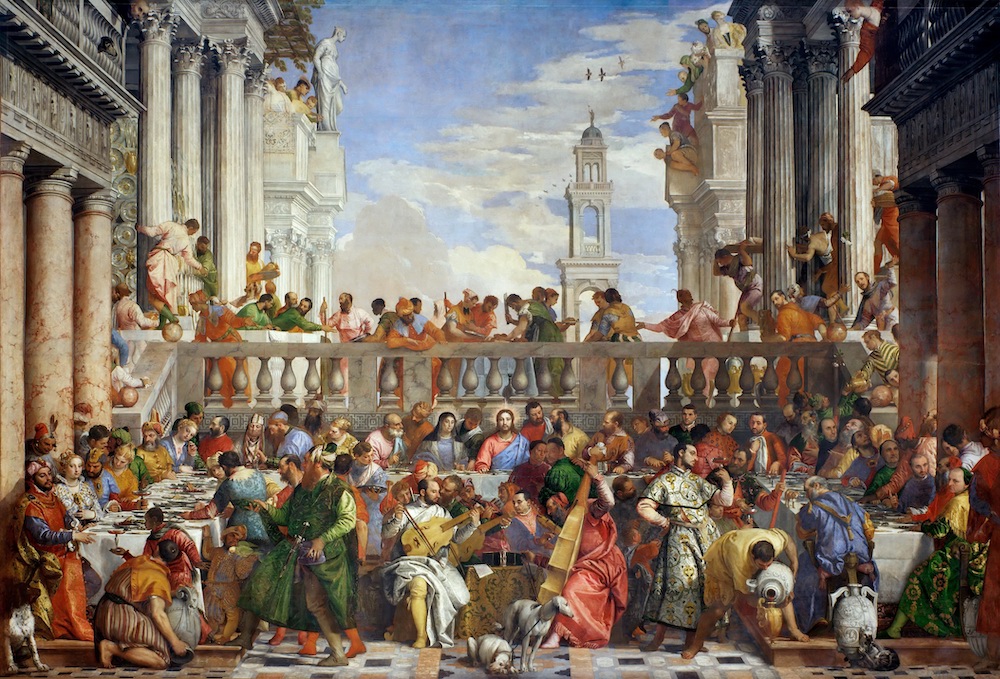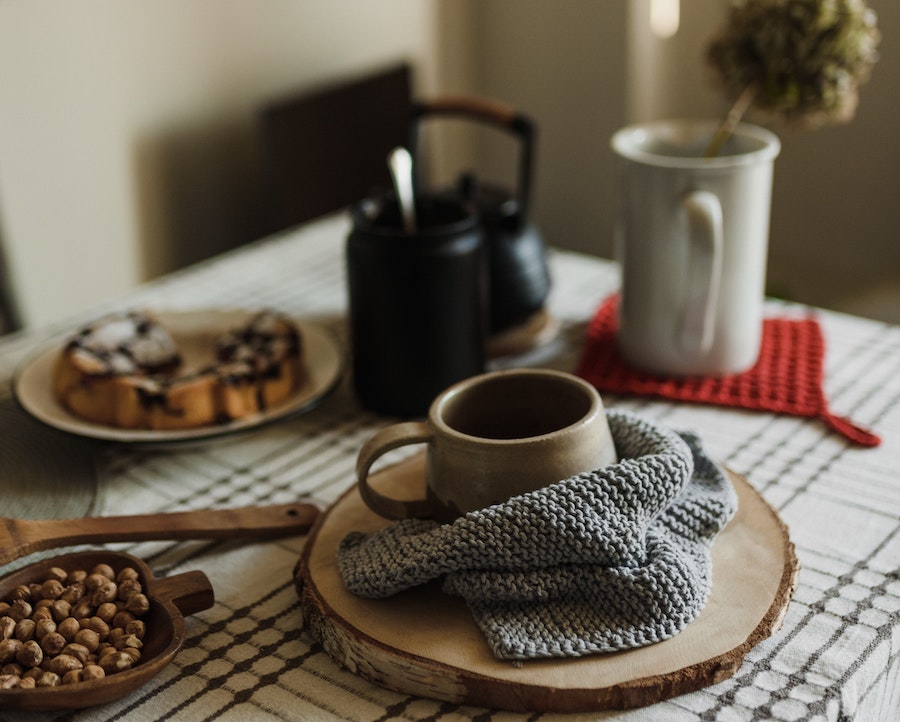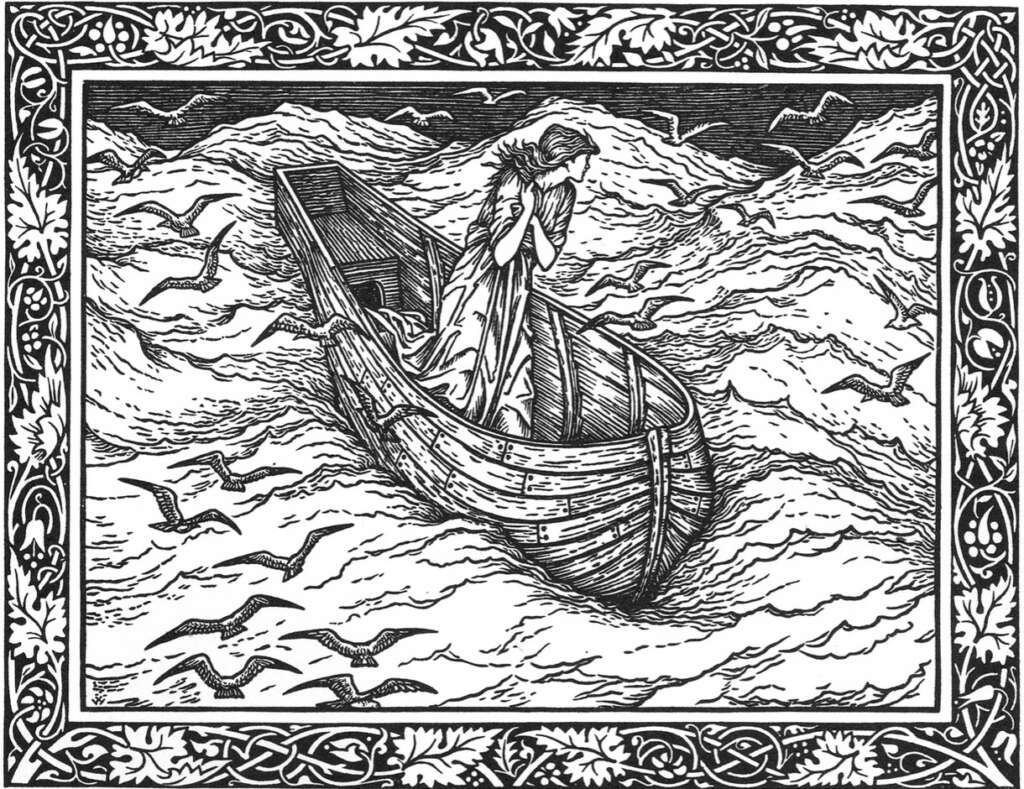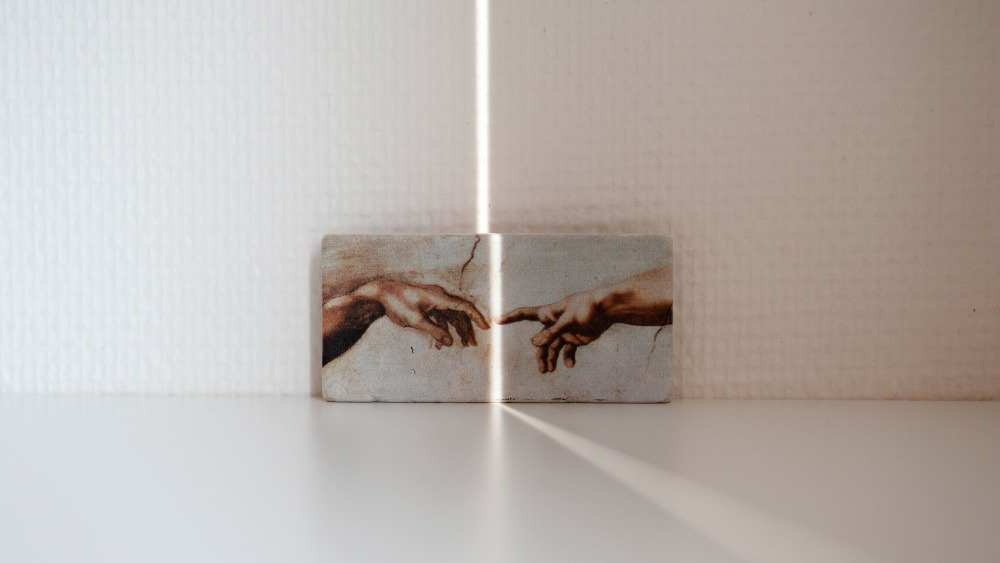As I’ve watched the Writers Guild of America’s 148-day strike and inhaled AI news this year, I find myself returning to a question that has bloomed in me for a long time. Why make art?
While many languish in the digital doldrums – death scrolling and revenge procrastinating – why sweat, bleed and snot-cry for creative projects? Why write poems or music or make odd little clay objects in a world that’s at best indifferent and at worst hostile to artists?
Why, despite every kind of resistance, do we have the persistent and impractical impulse to create?
Art is not always beautiful, but it is about beauty. It’s not only about the aesthetics of a thing but beauty that is refined by truth and vulnerability. Producing and beholding that kind of beauty evokes a feeling, a response, an exhale.
There is certainly a connection between beauty and the sacred. We sense it when we’re in “flow” and we see it in the craftsmanship in the Bible. The intricate design details of the Ark of the Covenant, the Tabernacle and its contents, Aaron’s priestly garments (Exodus 31, 35-39) and later, the temple (2 Chronicles 2) demonstrate the consecration of these holy spaces and artifacts.
So why does making beautiful things matter?
Art and beauty touch all our senses
Standing before The Wedding Feast at Cana (painted by Paolo Veronese) in the Louvre Museum, Paris, you can’t help but get lost in the colour, movement and life in it. The immense size and detail of the piece invite you to step into a living story. There in the centre of it all, the luminous figure of Jesus looks back at you. You are suddenly aware of the expansive space around you and your own smallness. You feel transported and yet grounded.

The Wedding Feast at Cana by Paolo Veronese
Art connects us
We know that storytelling builds connection. There’s even research in psychology that demonstrates the influence of reading fiction on increasing empathy. When we resonate with a piece of music, character in a book, or a sculpture, we feel seen. Art shows us the ways we are the same and bridges the divide of difference.
I feel most connected to myself, to the world around me and to God when I’m left for an hour or two to write for pleasure at a table in my backyard. I am alone but not lonely. Cicadas buzz and birds chatter. The breeze cools my skin and agitates the trees. I write words for no one, and I feel alive.

Elīna Arāja / Pexels
Art and beauty communicate love and care
Preparing a table for a special meal with family or friends can take just as much care as composing a song. Folding napkins, lighting candles, generously plating food, sprinkling slivers of almonds and sprigs of herbs, drizzling olive oil and adding fresh flowers.
Verse five of David’s most famous Psalm is soaked with this same tranquil abundance, as God prepares a table and a place of honour for the troubled leader:
You prepare a table before me
in the presence of my enemies.
You anoint my head with oil;
my cup overflows.
(Psalm 23:5)
There is something soothing about having something generously and thoughtfully prepared for us. When we gather at a beautiful table, we feel not only nourished but also deeply loved.

Arina Krasnikova / Pexels
Art inspires curiosity
I recently learned that someone had digitalised The Kelmscott Chaucer – an intricately illustrated collection of works by English author and poet Geoffrey Chaucer, created by Edward Burne-Jones and William Morris. Until I stumbled upon the Michael John Goodman’s website I’d never heard of the book, which W.B. Yeats, called “the most beautiful of all printed books.” Goodman had a 1950s facsimile edition, which he used to make an accessible, digital version. As someone who spent hours in the bowels of Fisher Library at Sydney University, leafing through rare books, I am absolutely one of the nerds (I mean intellectuals) that Goodman had in mind to serve. This discovery opened to me a world of medieval literature, the Victorian printing press and so much more.
Art does that – it creates an itch we need to scratch. It forces us dig to learn the truth beneath the story. I believe this is one of the reasons Jesus used storytelling and analogies to teach. His word pictures are as rich and compelling today as they were when he shared them with his original audience. Sometimes the meaning was plain, but at other times even his closest disciples had to dig deeper and ask him to explain.
Art is a beautiful invitation to learn. It’s an effective way to share our personal faith and gospel truths with others.

Imprint from The Kelmscott Chaucer Online.
Art helps us contemplate, clarify and remember. It is resistance and it is worship.
German-born, Dietrich Bonhoeffer is one of the most highly regarded and most quoted theologians of the 20th century. He was arrested during World War II for working as a double agent and helping Jewish neighbours, and in 1945, he was condemned to hang for his participation in a Hitler assassination plot. Remarkably, instead of completing his theological magnum opus, Ethics, Bonhoeffer spent his final months of life in prison writing poetry, a play and a novel.
Though it gives great pleasure, creative work is not leisure or trivial. It is worthy of our best days and our even final days.
Increasingly, I believe our instinct to create is by design – we simply can’t help ourselves. I see this in my young children, who draw, tell adventure stories and warble sweet, silly songs with abandon. Almost every child starts off this way, uninhibited and willing to fill pages and canvases and silence with their whole being. In their creativity, I see the clearest reflection of a creative God. More than ever, in our media-saturated, curated world, we need artists, musicians, photographers, designers and makers of every kind to do this work.
Email This Story
Why not send this to a friend?


